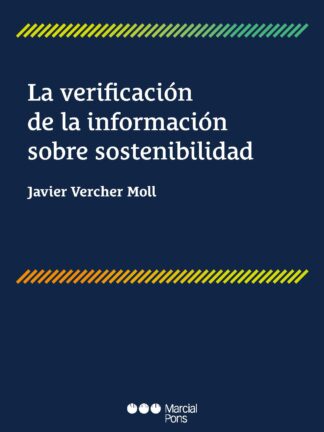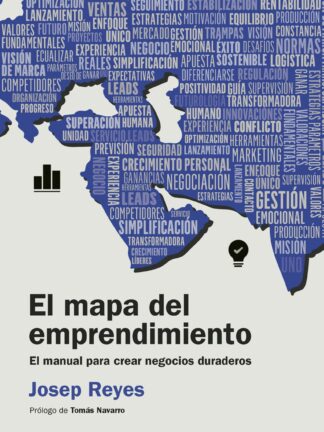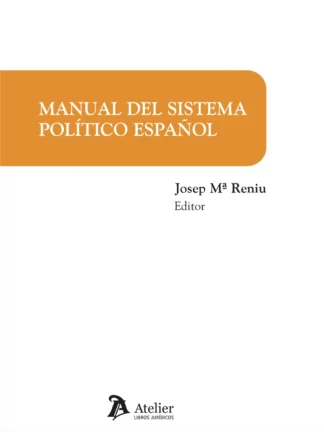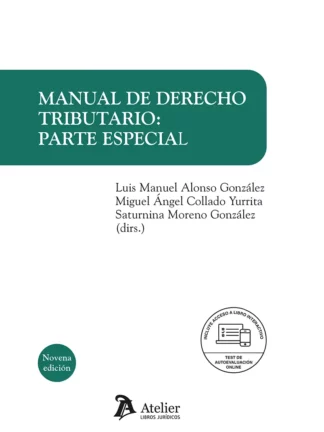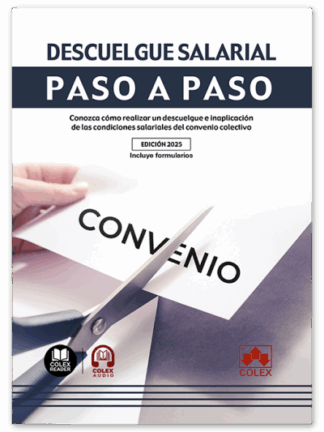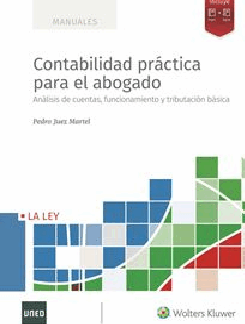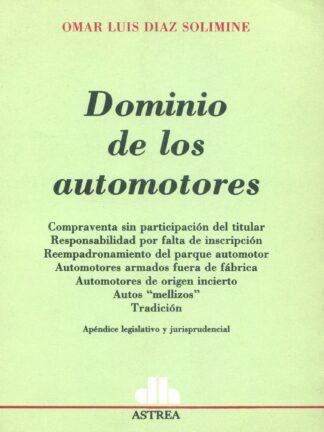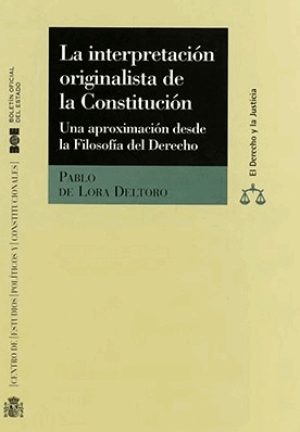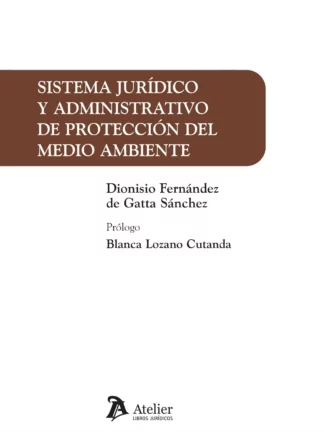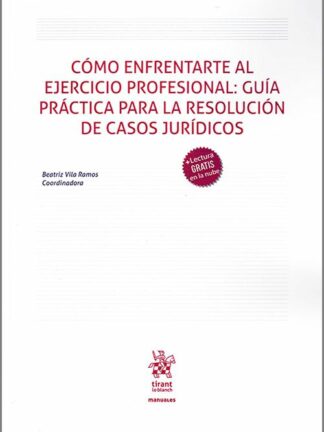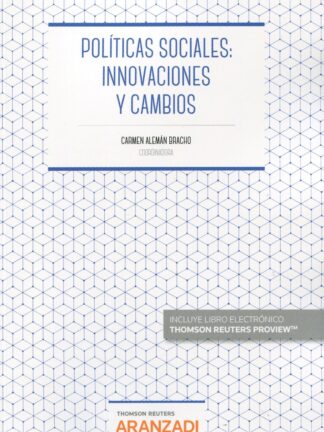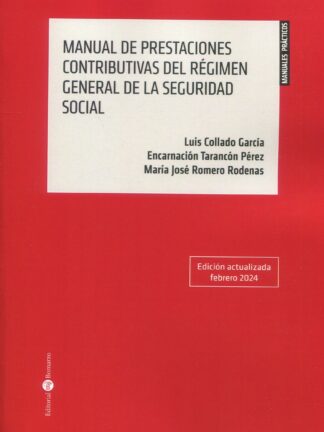Descripción
La realización de una investigación interna en una empresa, necesariamente deberá respetar determinados derechos y libertades constitucionales de los empleados y terceros involucrados en la misma, y llevarse a cabo conforme a la normativa interna de la empresa, y lógicamente conforme a la legalidad vigente.
The performance of an internal investigation at a company must necessarily uphold certain constitutional rights and freedoms of the employees and third parties involved, and be conducted in accordance with the company’s internal regulations, and of course in accordance with the legislation in force.
INICIO
PRÓLOGO
CAPÍTULO I INTRODUCCIÓN
I.1. Conceptos preliminares
I.2. Proliferación de las investigaciones internas
I.3. Problemas derivados de la autorregulación en la empresa
I.4. Las investigaciones internas “cross-border”
I.5. ¿Qué nos reporta una investigación interna?
CAPÍTULO II LOS DISTINTOS TIPOS DE INVESTIGACIONES INTERNAS
V.1. Entrevistas
V.1.2. Derecho a acudir a la entrevista asistido de un abogado
V.1.3. Tipos de entrevistas y preguntas. El protocolo de entrevista
V.1.4. La preparación de las entrevistas paso a paso
V.1.5. ¿Cómo debemos documentar la entrevista?
V.1.6. La integridad del entrevistador
V.2. Intervención de comunicaciones, equipos informáticos y monitoreo
V.3. Rastreos, seguimientos y registros a empleados
V.4. Requerimientos de información a terceros
Referencias jurisprudenciales
II.1. Las investigaciones internas: su justificación
II.2. Tipología principal de las investigaciones internas
II.3. La investigación interna desarrollada por personal de la compañía
II.4. La investigación interna desarrollada por expertos externos
II.5. Especial referencia al secreto abogado cliente (attorney client privilege)
II.6. El objeto de la investigación interna
Referencias jurisprudenciales
CAPÍTULO III EL INICIO DE LA INVESTIGACIÓN INTERNA
III.1. El origen de la investigación interna
III.2. El inicio de la investigación interna
CAPÍTULO IV LA PLANIFICACIÓN DE LA INVESTIGACIÓN INTERNA
IV.1. Las políticas internas de la empresa en materia de investigaciones internas
IV.2. ¿Quién debe acordar el inicio de la investigación interna?
IV.3. La comunicación del inicio de la investigación
IV.4. Protección de datos: ¿debe comunicarse el inicio de una investigación interna?
IV.5. Determinación de hechos que son objeto de investigación. Delimitación del alcance de la investigación
CAPÍTULO V LAS DILIGENCIAS DE INVESTIGACIÓN A PRACTICAR
VI.1. Determinación de los hechos relevantes
VI.2. Identificación de las personas intervinientes
VI.3. Calificación jurídica preliminar de los hechos
VI.4. Motivos por los que se han producido los hechos
VI.5. Motivos por los que la irregularidad no se detectó
VI.6. Medidas a adoptar
CAPÍTULO VI LA FINALIZACIÓN DE LA INVESTIGACIÓN: EL INFORME
VI.1. Determinación de los hechos relevantes
VI.2. Identificación de las personas intervinientes
VI.3. Calificación jurídica preliminar de los hechos
VI.4. Motivos por los que se han producido los hechos
VI.5. Motivos por los que la irregularidad no se detectó
CAPÍTULO VII ACTUACIONES POSTERIORES A LA INVESTIGACIÓN INTERNA
VII.1. El archivo de la investigación interna por no tener relevancia los hechos
VII.2. Los hechos tienen relevancia jurídica
VII.3. La autodenuncia
START
PREFACE
CHAPTER I INTRODUCTION
I.1. Key concepts
I.2. Proliferation of internal investigations
I.3. Problems arising from companies self-regulating
I.4. “Cross-border” internal investigations
I.5. What are the main benefits of an internal investigation?
CHAPTER II THE DIFFERENT TYPES OF INTERNAL INVESTIGATIONS
II.1. The justification for internal investigations
II.2. Main types of internal investigations
II.3. Internal investigations conducted by the company’s personnel
II.4. Internal investigations conducted by external experts
II.5. Special reference to attorney-client privilege
II.6. The scope of each internal investigation
CHAPTER III THE START OF THE INTERNAL INVESTIGATION
III.1. Origin of the internal investigation
III.2. Start of the investigation
CHAPTER IV PLANNING AN INTERNAL INVESTIGATION
IV.1. Internal policies of the company regarding internal investigations
IV.2. Who should order the start of an internal investigation?
IV.3. Notifying the start of the investigation
IV.4. Protection of personal data: should the start of an internal investigation be notified?
IV.5. Determining the acts to be investigated. Establishing the investigation´s scope
CHAPTER V THE INVESTIGATIVE MEASURES TO BE PERFORMED
V.1. Interviews
V.2. Interception of communications, electronic devices and monitoring
V.3. Employee searches, tracking and following
V.4. Third party information requests
CHAPTER VI CONCLUSION OF THE INVESTIGATION: THE REPORT
VI.1. Determining the relevant facts
VI.2. Identifying the parties involved
VI.3. Legal classification of the facts
VI.4. Reasons behind the facts
VI.5. Reasons why the irregularity was not detected
VI.6. Measures to adopt
César Alcalá Giménez da Costa, historiador especializado en la historia del carlismo, es autor de varios libros, principalmente de temática histórica. Colabora en revistas como Actas y la Revista del Vallès y en diversos medios de comunicación como Economia Digital, La Razón, la cadena COPE y Vozpopuli, entre otros.


